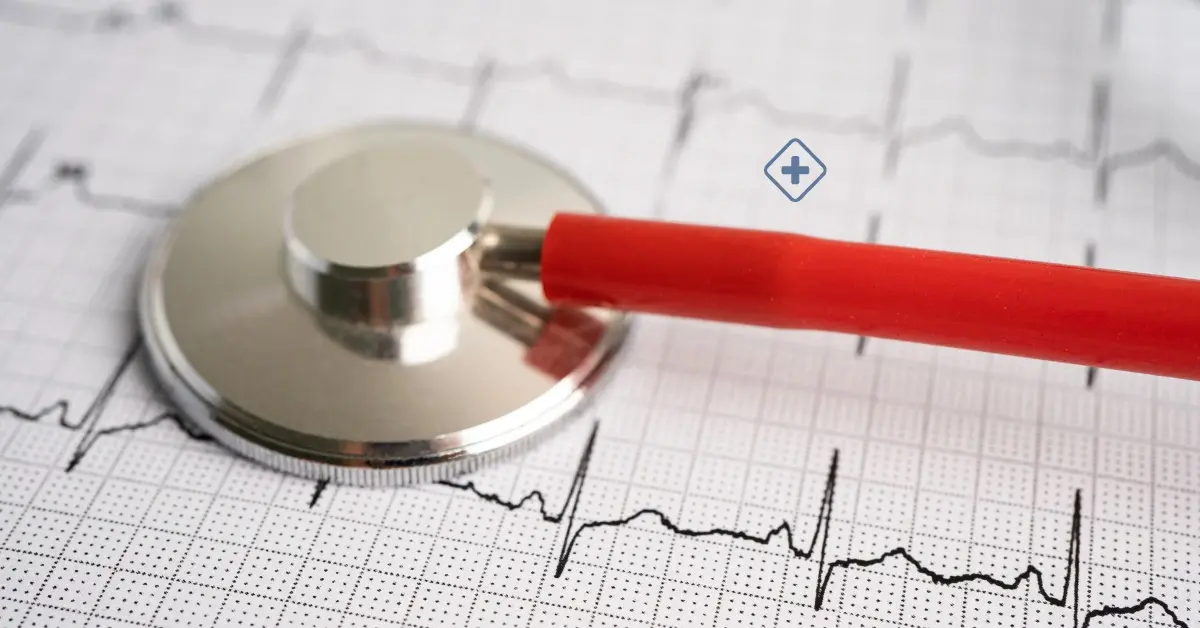
Angina
Angina causes pain and discomfort in the chest. It is an indication of Coronary Artery Disease.

Angina or also known as Angina Pectoris causes pain and discomfort in the chest, this can cause pain in other parts of the body such as the neck, jaw, back, shoulders or arms, caused by lack of blood flow to the heart. Angina is an indication of coronary artery disease.
Angina can be periodic pain that disappears with treatment or it can be new pain that requires treatment and evaluation by a doctor.
There are three types of Angina:
-
Stable Angina usually occurs when the heart works more than normal, it can be predicted and its duration is short. It can disappear with rest and medicines
-
Unstable Angina, is the most serious and unexpected, can arise while you try to rest. It's possible that through rest and medication don't disappear, its duration is longer, and it may be a sign of having a heart attack
-
Variant Angina (Prinzmetal's Angina), usually severe, may occur while at rest and may disappear with rest and medication
Causes
A high number of cases occur, derived from atherosclerosis, a hardness of the arteries, caused by the accumulation of fat, cholesterol, and other substances in the walls of the arteries. Low blood flow causes the heart not to get enough oxygen-rich blood.
Symptoms
The common symptoms of Angina are:
-
Fatigue
-
Difficulty breathing
-
Abdominal pain
-
Pain, pressure, or burning in the chest
-
Pain in body parts (arms, neck, jaw, shoulders, or back)
-
Shortness of breath
-
Dizziness
-
Sickness
-
Loss of consciousness
-
Sweating
Risk factor's
We group the following factors that increase the risk of coronary artery disease and Angina:
-
Make a physical effort, since the heart requires more blood, but the muscle requires more effort to generate enough blood if the arteries are contracted.
-
Emotional stress
-
Exposure to low temperatures
-
Eating plenty of food
-
Smoking
-
Illegal drug use
-
Increased cholesterol
-
Family history of heart disease
-
Advanced age
-
Lack of exercise
-
Stress
Diagnosis of Angina Pectoris
A Doctor specializing in Cardiology will give you a diagnosis based on a physical exam and ask you a series of questions about your symptoms, lifestyle, and medical history.
We have grouped some of the possible tests that could be done to confirm if you have Angina:
-
Electrocardiogram, each heartbeat produces an electrical activity which is recorded using the electrocardiogram
-
Echocardiogram, using sound waves, shows the shape, size, and condition of the heart
-
Cardiac computed tomography scan, obtaining images of the heart and chest, can be verified if any of the arteries or the heart have any problem
-
A nuclear stress test, similar to a common stress test, varies in that in the nuclear stress test, a radioactive substance is injected into the bloodstream; this substance mixes with the blood and reaches the heart. There is a special scanner that detects radioactive material in the heart and produces images of the heart muscle
-
Chest x-ray, take pictures of the heart and lungs
-
Cardiac magnetic resonance imaging produces detailed images of the structure of the heart and its blood vessels
Treatment of Angina Pectoris
The treatment that the Cardiologist will suggest will change according to the type of Angina and other factors.
If you have stable Angina, you may be able to control it through a healthy lifestyle and certain medications. In the case of presenting unstable Angina, this will require immediate treatment in hospitals, medications, and even surgical procedures.
Remember that your Cardiologist must assess your particular case before consuming any medication and tell you which is the most appropriate medication.
Living with Angina Pectoris
When the Cardiologist has already diagnosed you with Angina, and you start to feel discomfort, it usually happens when you do certain activities or find yourself stressed.
Maintaining a healthy lifestyle could help improve quality of life.
We group the following recommendations.
-
Do regular and continued physical exercise
-
Do not smoke
-
Don't drink alcohol excessively
-
Maintain a healthy weight
-
Eat healthily
-
Eat fruits and vegetables
-
Maintain a low-salt diet
-
Control other conditions such as diabetes, high cholesterol or high blood pressure
-
Reduces stress level
-
Get a flu shot annually to prevent heart complications that may arise
¿When to see a doctor?
The Cardiologist is in charge of treating this disease. If you have any of the symptoms mentioned, go to the cardiologist who will be in charge of reviewing your symptoms and making a diagnosis.
At the time of consulting your Cardiologist, try to keep a record of your pain with a detailed description of the symptoms, duration, and what you think triggered them. Also, mention any medications you are taking.
Depending on the type of Angina you suffer and the severity it presents, treatment will be provided. Having unstable Angina could be a sign of a possible heart attack.
In case of breathing difficulties, chest pain for several minutes or fainting, you should go to the emergency room. You can go directly to the BlueNetHospitals Emergency Room in Los Cabos or call an ambulance at 624 1043 911.
BlueNetHospitals - Hospital Los Cabos
BlueNet Hospitals

Cardiac Ablation
Cardiac ablation is recommended when treatments are no longer effective or are not well tolerated to treat arrhythmias
Extrasystoles
Ventricular extrasystoles may not present symptoms; in other cases, they may cause unpleasant or alarming sensations.
Heart Murmurs
A heart murmur is an unusual sound that is heard when blood flows through the heart.
Cardiac Catheterization
Cardiac catheterization is an invasive procedure used to assess the heart and blood vessels by inserting a catheter into them.
- ¿Necesitas una cita con un Especialista?
- llámanos
- escríbenos
- Conéctate





